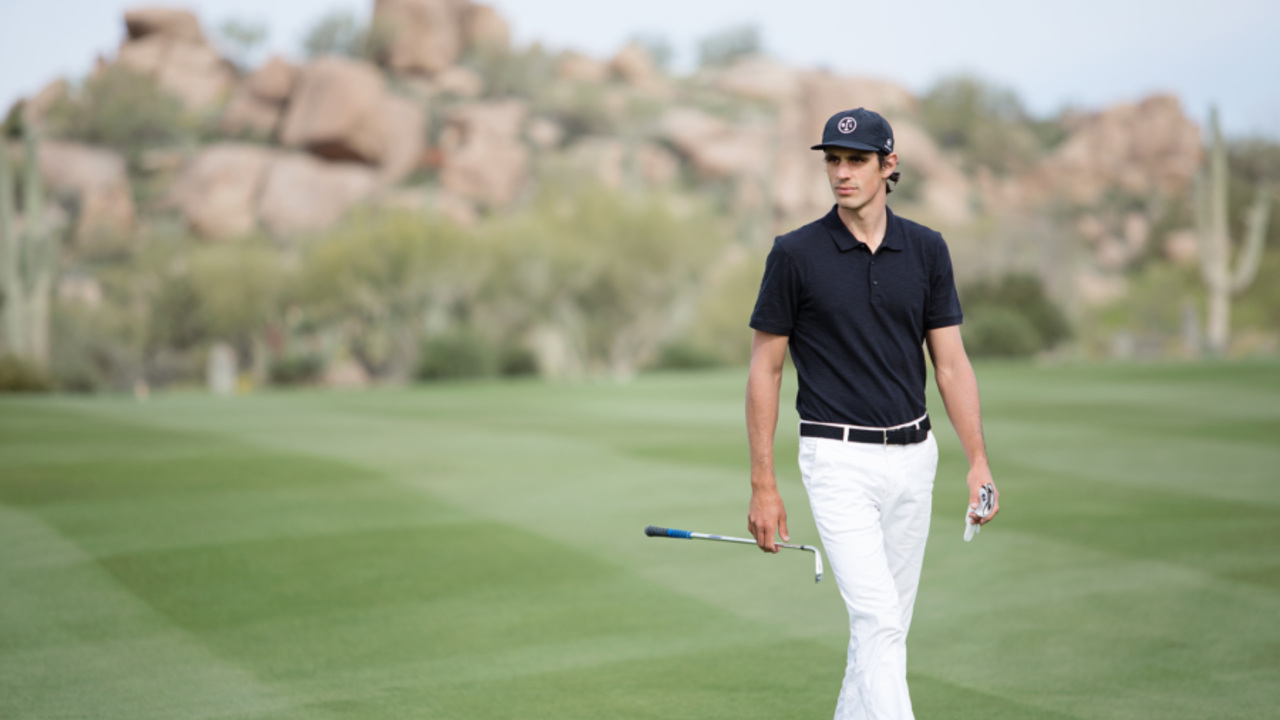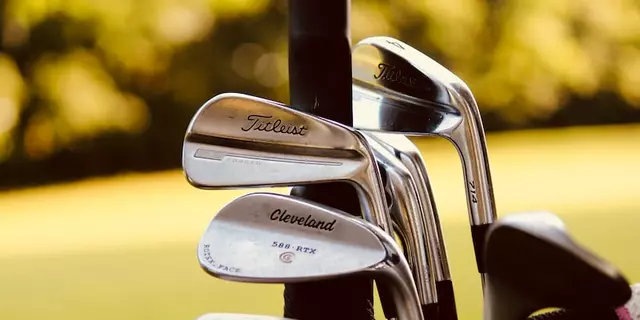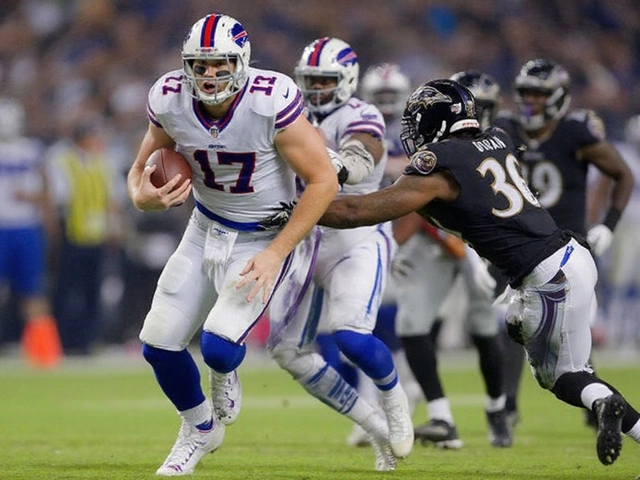People's Behavior: Real‑World Insights and Practical Examples
When talking about people's behavior, the range of actions, decisions, and habits that individuals display in everyday situations. Also known as human behavior, it covers everything from why we choose a certain golf club to how we react to a thrilling TV drama. This people's behavior is deeply linked to human behavior, the broader study of actions driven by biological, psychological, and social factors and to sports psychology, a field that examines mental influences on athletic performance. Understanding these connections helps explain why a driver picks a popular brand, why a fan tunes into a new thriller, or why a traveler packs clubs carefully for a flight.
Why Behavior Matters Across Golf, Sports, and Everyday Choices
First, the way people behave at a driving range—like opting for tall rubber tees—shows how equipment design meets varied swing styles. That simple choice reflects a larger pattern: equipment that adapts to personal habits encourages more practice, which in turn boosts confidence on the course. Second, brand perception plays a huge role; golfers often gravitate toward well‑known names because they promise performance, durability, and that extra bragging right. Yet studies in consumer behavior reveal that price, reviews, and personal experience can outweigh a shiny logo. Third, travel decisions—such as wrapping clubs in bubble wrap for a flight—highlight risk‑avoidance behavior: people protect valuables when they sense uncertainty. Finally, language skills, like Jon Rahm speaking Spanish, demonstrate how cultural identity shapes public image and fan connection, influencing both media coverage and sponsorship opportunities.
These examples illustrate several semantic triples: people's behavior encompasses equipment choices, sports performance requires mental readiness, and consumer behavior influences brand loyalty. By linking human behavior, sports psychology, and consumer trends, we see a clear web of cause and effect that runs through every article below. Whether you’re curious about the best indoor golf simulator, the age rules for driving a cart, or why tall tees exist, each piece ties back to the underlying patterns of how we act and decide.
Below you’ll find a curated collection of posts that unpack these real‑world patterns—from club selection and brand impact to travel tips and on‑course habits. Dive in to see how the nuances of people’s behavior play out in golf, sports, and everyday life, and pick up actionable insights you can apply right away.

Do people ever wear golf caps backwards?
In my observations, yes, some people do wear golf caps backwards, though it isn't common on the green. The traditional golf etiquette calls for hats to be worn forward, but outside the course, fashion often takes precedence. Many younger golfers and fans, influenced by the broader streetwear trend, have adopted this style. However, it's noteworthy that in competitions and more formal settings, golf caps are typically worn in the traditional manner. So, while you might see golf caps worn backwards, it's not exactly the norm in the sport.
Categories
- Sports & Recreation (5)
- Business (4)
- TV & Entertainment (2)
- Language Learning (1)
- Automotive Reviews (1)
- Golf Travel Tips (1)
- Golfing Regulations and Rules (1)
- Golf Equipment Reviews (1)
- Sports and Lifestyle (1)
- Sports Equipment Reviews (1)
Popular Articles


